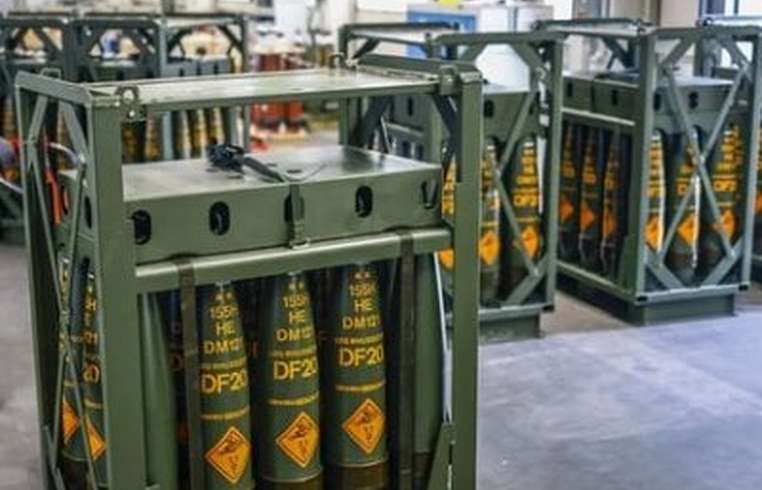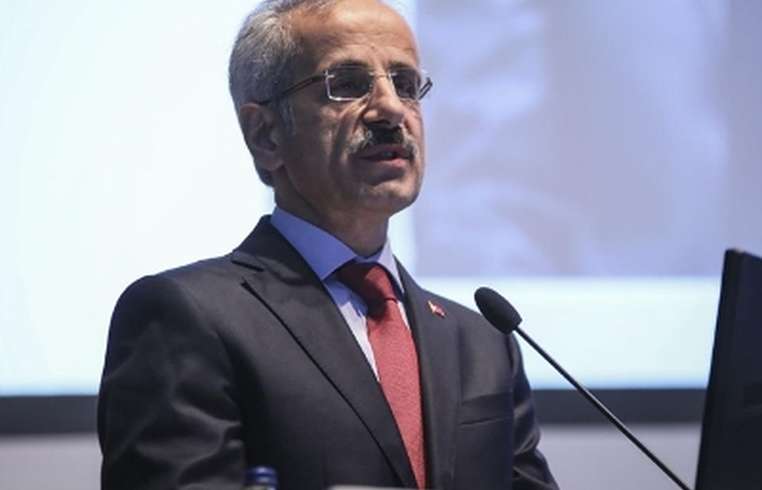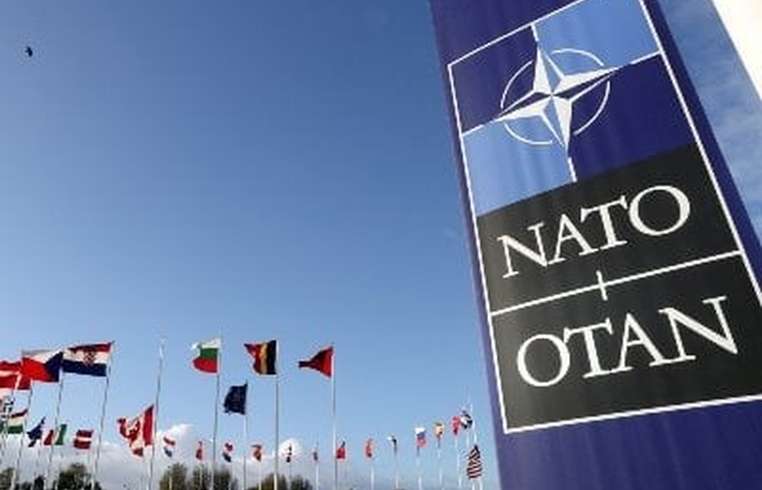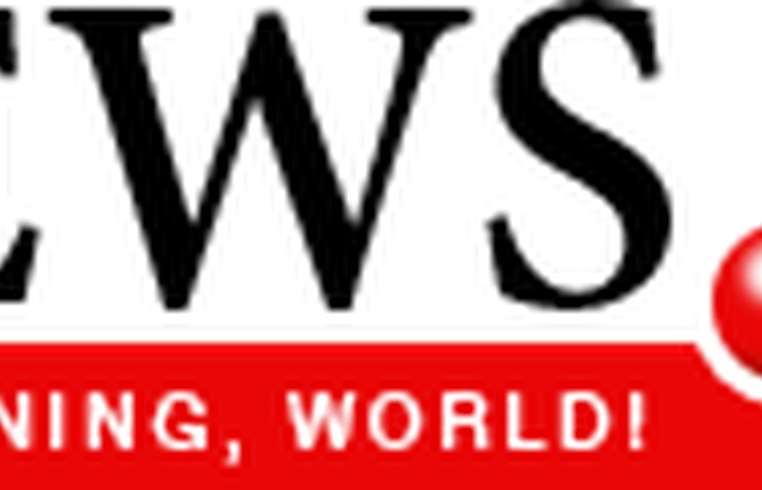
News - Record number of NATO countries spent 2% of GDP on defense
Business Strategy
Record number of NATO countries spent 2% of GDP on defense

The war unleashed by Russia in Ukraine and the threat of the conflict spreading to other European countries have forced NATO members to rapidly increase defense spending. According to the alliance's latest data, a record 23 countries have reached the 2% of GDP goal.Combined spending by European countries and Canada is up 17.9% this year. "This is the largest increase in decades," NATO Secretary General Jens Stoltenberg emphasized. The increase was 9.3% in 2023, and between 1.6% and 5.9% between 2015 and 2022. Among the countries that for the first time brought defense spending to 2% of GDP are Germany, the Netherlands, and Turkey. It is also the first time that the average spending of alliance members (excluding the United States) has reached this level. NATO countries set this target after Vladimir Putin's military intervention in 2014. Vladimir Putin introduced troops into Ukrainian territory, annexing Crimea and initiating a separatist movement in Donbass. Prior to that, NATO's total defense spending had been declining (with the exception of the United States).After the full-scale invasion of Ukraine, the alliance added new members Finland and Sweden, bringing its number to 32.Among the leaders in defense spending are the countries bordering Russia and Belarus, which are most likely to be attacked or become victims of provocations. The top five are as follows: Poland - 4.12% of GDP, Estonia - 3.43%, the U.S. - 3.38%, Latvia - 3.15%, Greece - 3.08%.In light of Russia's growing aggressiveness, Polish President Andrzej Duda, during his March visit to Washington, suggested that all alliance countries increase spending to 3% of GDP.Russia has budgeted defense and security spending of more than 10.7 trillion rubles (about 6% of GDP) for 2024.






